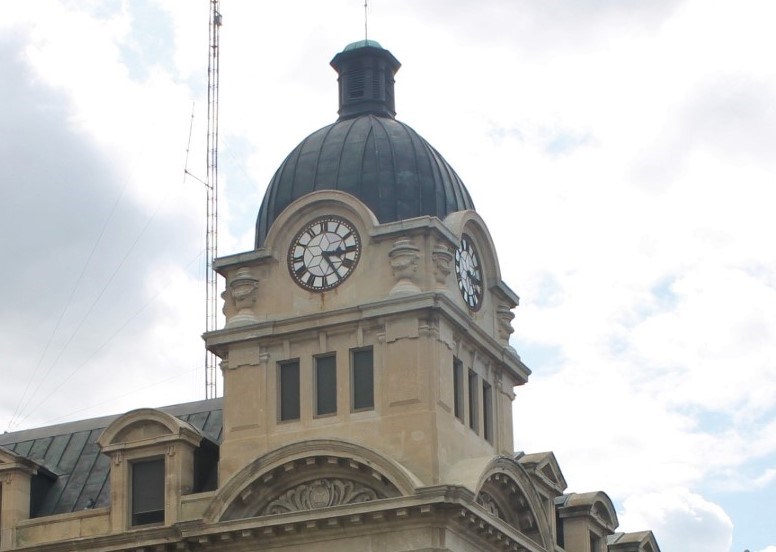MOOSE JAW — City hall estimates it could cost more than $15 million to upgrade parts of the 111-year-old Spring Creek infrastructure that supplies water to the Hillcrest and Lynbrook golf courses.
In the short term, though, it believes on-site retention ponds could address the sporting venues’ water needs.
Bevan Harlton, director of operations, provided an update about the water-related infrastructure during city council’s recent executive committee meeting.
The Spring Creek infrastructure, most of which the municipality built around June 1914, is comprised of five components, Harlton’s report said.
These components include Snowdy Dam, which could cost a minimum of $225,000 to replace; the Snowdy pumphouse, which includes a motor and electrical wiring from the 1950s; the Brittania pumphouse, with the pump, motor and electrical items from the 1950s; a water outlet; and 12 kilometres of 1914-era cast iron water mains.
It could cost $5.7 million to replace the cast iron pipes, while additional factors — like pipe cleaning, excavations, contingency costs and inflation — could push that cost to $10 million to $15 million, the document said.
Continuing, the report said the operations department has worked with the golf courses to replace the pump at Snowdy Springs and assess the dam, while staff also discussed the existing water mains’ replacement costs.
“It was acknowledged that the capital costs to replace or line the water mains are beyond the financial limits of the city. The ever-increasing risk of costly or irreparable breaks was (also) discussed,” the report noted.
The city also told the golf courses that its priorities include conducting a hydraulic assessment of the creek, confirming that the dike system elevations are appropriate to handle major storms, improving the channel near Fourth Avenue and Laurier, and increasing the capacity or resiliency of the creek.
The city would pay for the channel-related work, while the three parties would cost-share everything else.
Harlton told council that the city could provide the sports venues with improved retention ponds for irrigation efforts. Moreover, administration plans to maintain the Spring Creek infrastructure, although it may take three to five years to improve those pieces.
However, the issue with retention ponds is that storms would replenish them, which would not provide consistency for irrigation, he continued. Administration will work with the organizations to find a way to connect them with water and provide baseline irrigation methods.
The worst-case scenario is that a water main breaks and the city can’t fix it, or it takes weeks to fix, or the cost is so prohibitive that it prevents work from happening, the director added.
Coun. Patrick Boyle wondered if the municipality could start a reserve account for each golf course, start “tucking away” money to offset these expected costs, or access another reserve account. He also thought it was time to discuss a capital replacement plan to which all parties could contribute.
“Obviously … these (golf courses) are not large-scale operations,” he continued. “There’s a reason why we just had the tax (policy) report and they have to be in their own subclass, because if you tax them like a private-sector golf course … they crumble instantly.”
Harlton replied that he didn’t know how much it would cost to connect new piping infrastructure to the city’s water supply or wells. However, he pointed out that it would cost tens of millions of dollars to replace the 12 kilometres of related cast iron pipes — the equivalent of four years of regular cast iron replacement.
Meanwhile, he recommended against creating a reserve account but acknowledged that council should provide direction about this for the future. Also, the golf courses should focus on determining alternative irrigation methods and related costs.
In response, Boyle acknowledged that the city may “have to patchwork” this infrastructure for a while, and while the pipes may be working today, a future break could see the golf courses asking for support to stave off collapse.
Council then voted to receive and file the report.
The next executive committee meeting is Monday, May 12.




